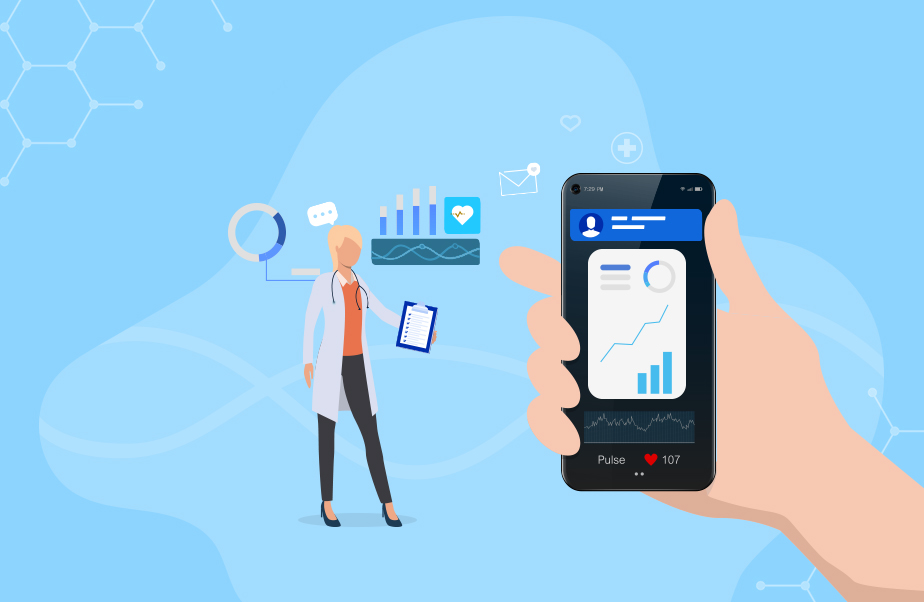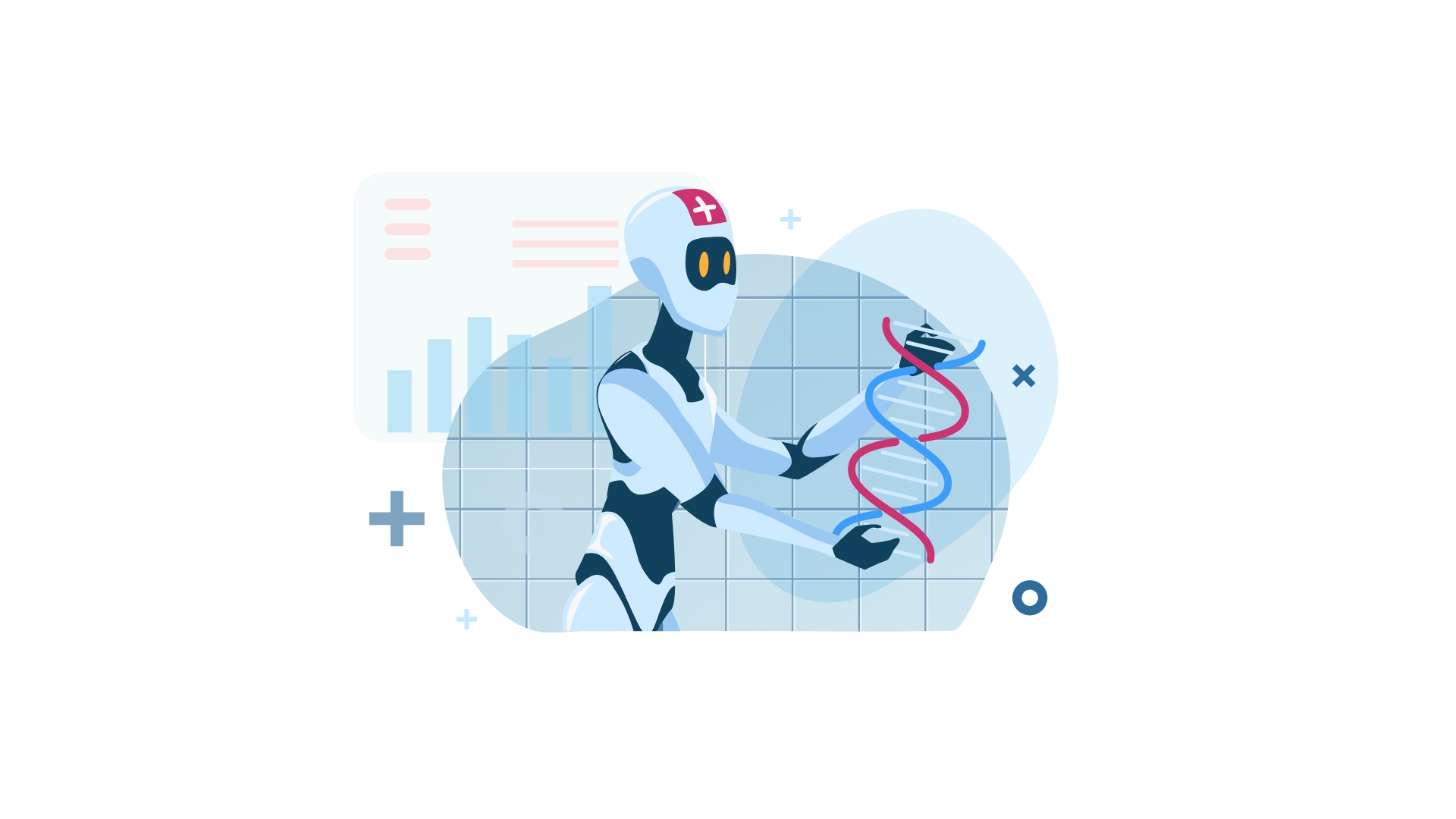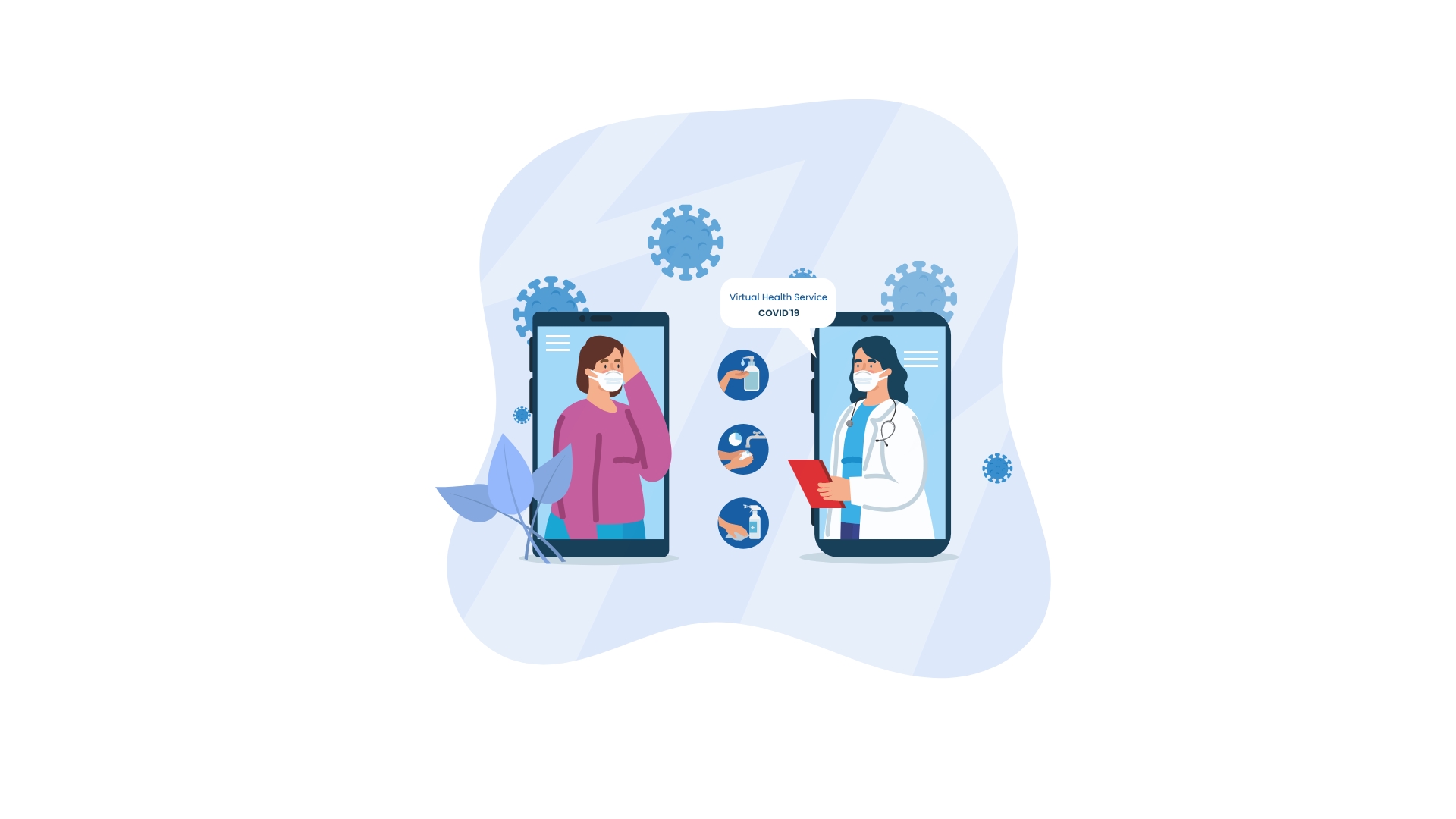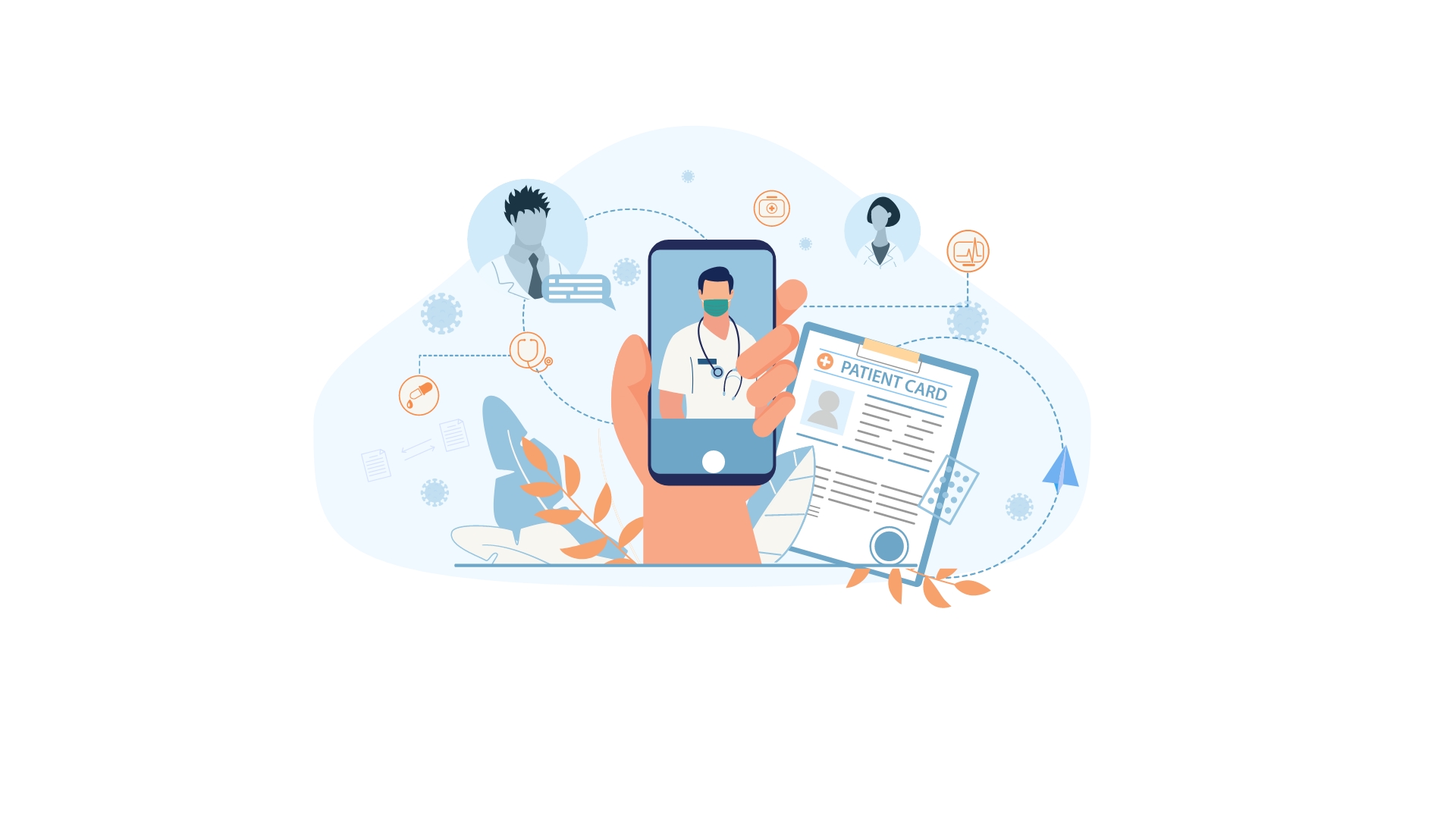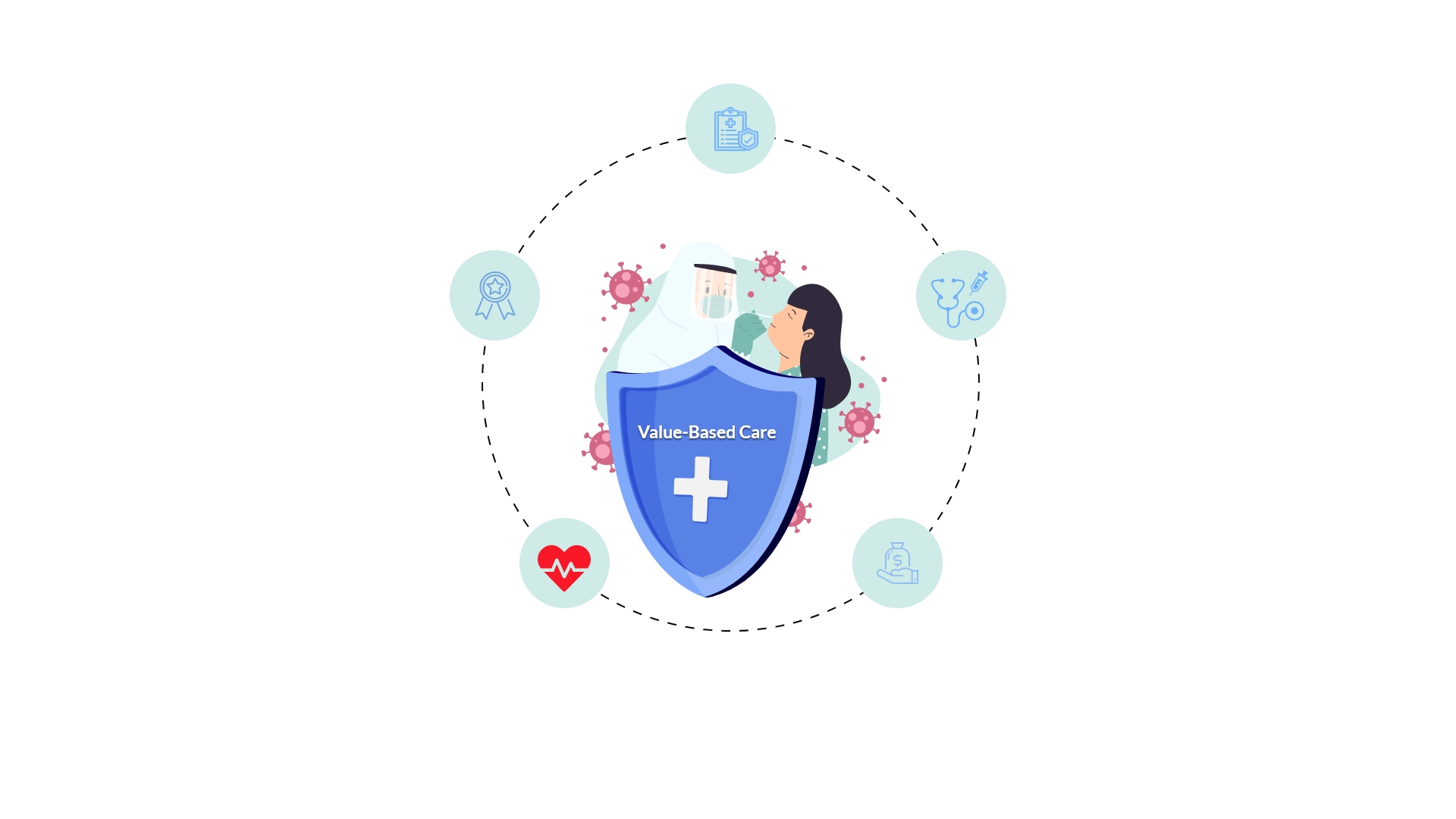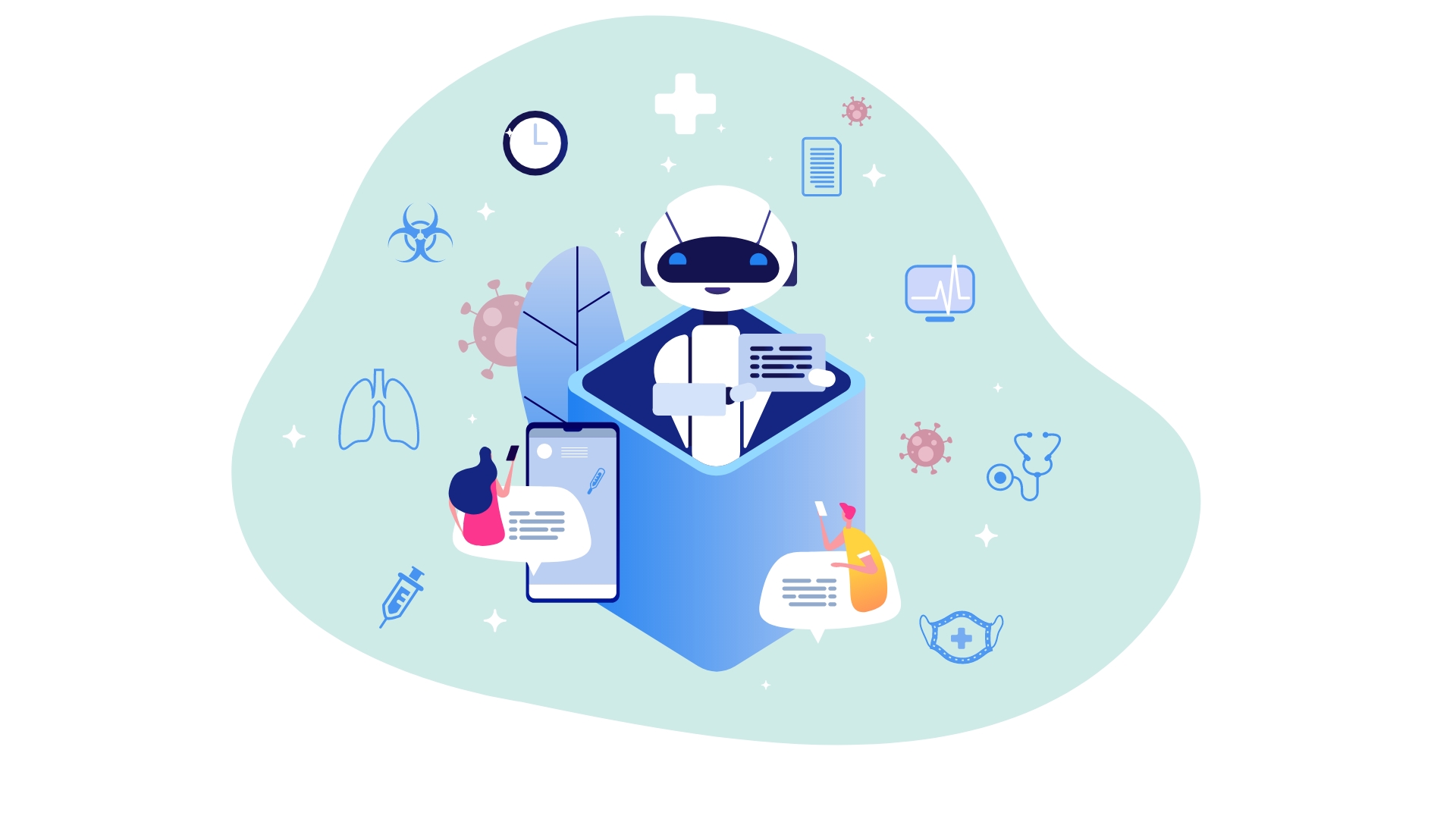The efficiency and effectiveness of Remote Physiological Monitoring (RPM) has allowed it to emerge as a popular practice in the healthcare industry. RPM has greatly increased the accessibility of healthcare, especially for chronic care patients. It has also allowed care providers to increase their revenue through the CPT reimbursement codes. The industry shift towards a patient-centric, Value-Based Model has allowed for sustained growth for RPM devices in the market. The current innovations in RPM devices have the opportunity to reshape the overall Patient experience.
How COVID-19 is accelerating RPM growth
The COVID-19 Pandemic has expedited the large-scale adoption of RPM. As health centers across the world focus on treating COVID-19, patients with other conditions have been encouraged or instructed to avoid health facilities. This has caused a large deficiency in the transfer of care. This disproportionately affects small clinics that need periodic cash flow and chronic care patients who require frequent clinic visits. RPM devices allow patients to bypass the restrictions by monitoring their health conditions from home. These machines help patients and providers stay up to date with their care plan progress. It also allows clinics to recover some of their lost revenue due to the pandemic. Moving forward, it appears that RPM will increasingly become an integral part of care delivery.
Robot Assistants
The prospect of robotic devices has long been entertained in the healthcare industry. Developments in Artificial Intelligence (AI) and Machine Learning (ML) in the past decade have made a future with these devices more realistic. Acting as a personal assistant to long-term patients is one way that robots could make their way into mainstream healthcare. Many patients with chronic conditions require periodic monitoring and extended hospital stays. Robot Assistants could track the vitals of the patients and input the results into the patient’s Electronic Health Record (EHR). These machines would be especially beneficial to patients at rural or undermanned health clinics. It is at such places where Robot Assistants would significantly enhance the quality of care without replacing a human. A significant issue associated with Robot assistants are liability/legal concerns. Should any issues arise while the patient is under the robot’s care, it is unclear who would be responsible.
Remote Surgery Robots
A more complicated manner in which Robots can enter the industry is through Remote Surgery. These machines can assist surgeons by simplifying complex procedures in ways that are not humanly possible. For example, they can use AI or ML to improve the accuracy of existing practices. Another benefit of Remote Surgery is the opportunity for long-distance procedures. An advanced Remote Surgery Robot could allow for a surgeon to perform on a patient thousands of miles away. The primary hurdle facing Robot devices involve high development and operational costs. Both the software and hardware of these machines are extremely intricate in nature. If this concern is addressed, Robots could become a cornerstone of modern healthcare.
Wearable Devices
Wearable RPM devices are already in common use by chronic care patients across the country. In a more loosely defined manner, fitness and smartwatches can also be considered as they perform many similar tasks as a medical RPM device. In this sense, over 20% of Americans already use one of these wearable devices. The main reason wearable RPM devices have yet to take off is the lack of multi-use devices. While a smartwatch has multiple functions, many medical RPM devices have very specific uses. This causes many patients to shy away from making a financial commitment to these products. An example of how this issue can be solved is exemplified in DexCom’s partnership with Apple. DexCom is using the Apple Watch as a platform for people to access their Glucose monitoring products. By using an established, multi-dimensional platform, DexCom is able to generate a larger outreach. A breakthrough in wearable RPM devices would greatly benefit patients with diabetes or cardiovascular issues. A device that they could wear around the clock would provide medical professionals with the data to better understand their condition.
Future of RPM
The RPM market has significant potential for growth in the upcoming decades. The shift towards a more patient-centric focus has resulted in a positive outlook for future RPM development. Advancements in the overall quality and scale of RPM devices can transform the Patient Care Journey of tomorrow.
Schedule a demo to talk to our RPM solution experts and get your RPM started in a jiffy!

